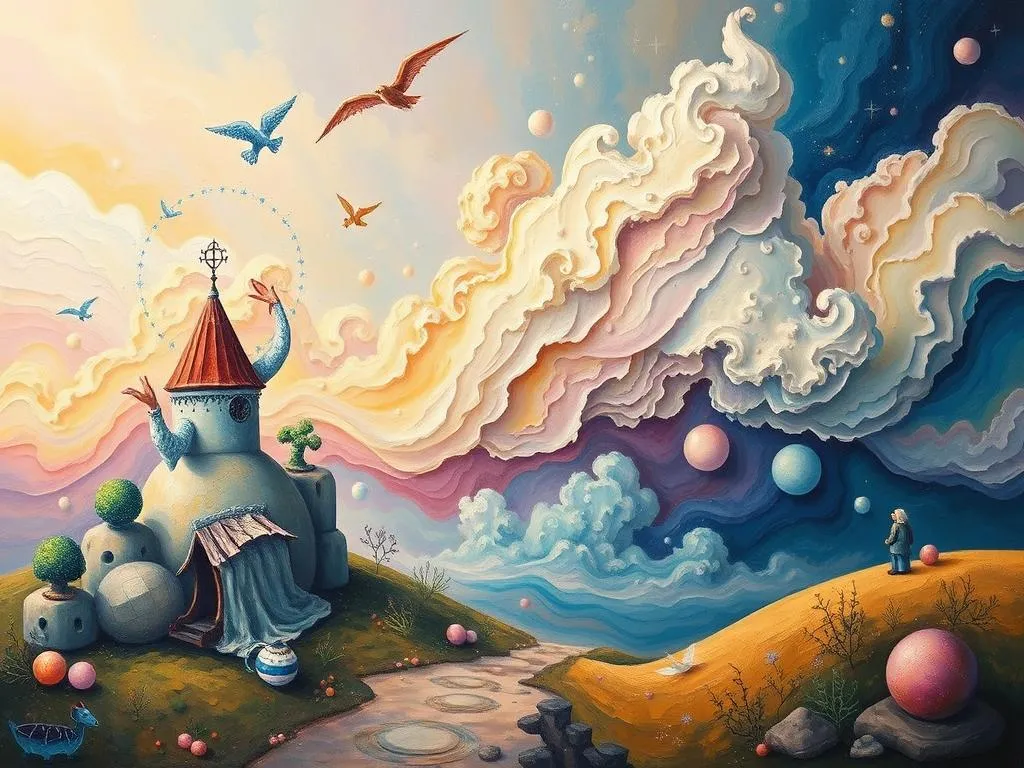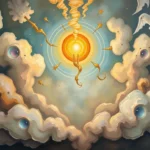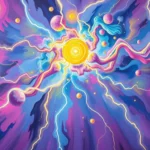
Introduction
Dreams have long fascinated humanity, serving as a portal to our subconscious and a canvas for our deepest thoughts and emotions. They often reflect our daily experiences, fears, and desires, making them a rich source for self-discovery and insight. The intrigue around dreams stems from their enigmatic nature; they can be vivid and surreal, yet deeply personal and relatable. Understanding the symbols and themes within our dreams can help us navigate our waking life, revealing underlying motivations and unresolved issues. In this exploration, we will delve into the symbolism of dreams, uncover key scenarios, and discuss how these dreams relate to our real-life experiences.
Symbolism and Meaning
Every dream is a unique tapestry woven from the threads of our experiences, thoughts, and emotions. Within this tapestry, certain symbols emerge, each carrying its own significance. For instance, common symbols like water, flying, and being chased frequently appear across various dreams.
Water often represents emotions and the unconscious mind. The state of the water—calm or turbulent—can indicate how one is feeling emotionally. Calm water might signify peace and tranquility, while stormy waters could suggest turmoil or unresolved issues bubbling beneath the surface.
Flying, on the other hand, frequently symbolizes freedom, transcendence, and a desire to escape. The feelings associated with flying can vary; soaring high might evoke feelings of exhilaration and liberation, while a struggle to maintain flight could reflect anxiety or a sense of being overwhelmed by life’s pressures.
The concept of being chased is another prevalent theme, often linked to avoidance or fear. This symbol can reveal what we are running from in our waking lives—be it responsibilities, fears, or unresolved conflicts. The identity of the pursuer can provide additional insight; a loved one may represent emotional baggage tied to relationships, while a faceless entity might symbolize anxiety or stress.
From a psychological perspective, these symbols can often be interpreted through the lens of Carl Jung’s theories on the collective unconscious. Jung believed that certain archetypes exist within our collective psyche, manifesting in our dreams through universal symbols. Thus, the meanings behind these symbols are not merely personal but resonate on a broader scale, connecting individuals across cultures and time.
Key Scenarios and Variations
The meaning of dreams can shift dramatically based on the context and scenarios encountered within them. For example, consider the scenario of flying. If a dreamer experiences soaring effortlessly over breathtaking landscapes, it may signify a sense of achievement or newfound freedom in waking life. Conversely, if the dreamer struggles to fly or feels an impending fall, it may reflect feelings of vulnerability or a fear of failure.
Another common scenario is finding oneself in an examination or test. This scenario often triggers anxiety and is frequently linked to feelings of inadequacy or the pressure to perform. If the dreamer fails the test, it could signify underlying fears about not measuring up to expectations, either self-imposed or societal. However, passing the test may indicate a sense of accomplishment and readiness to tackle challenges in waking life.
The dream of being chased can take on various forms. A dreamer running from a wild animal may symbolize instinctual fears or primal emotions that they are trying to escape. In contrast, running from a person—especially someone familiar—might highlight unresolved issues within that relationship or the need to confront certain emotions tied to it.
Another significant variation is the location in which the dream takes place. Dreams set in familiar environments, such as one’s childhood home, often evoke nostalgia and can signify a longing for simpler times or unresolved matters from the past. Meanwhile, dreams set in unfamiliar or fantastical locations might symbolize exploration and the pursuit of new experiences or ideas.
These variations illustrate that the same symbols can carry different meanings based on the context. The emotional state of the dreamer, the relationships involved, and the specific situations encountered all contribute to a multi-layered interpretation of the dream.
Real-Life Connections and Takeaways
Once we begin to decipher the symbolism and scenarios within our dreams, we can gain valuable insights into our waking life. This connection can foster a deeper understanding of our motivations, desires, and areas of growth.
For instance, if a dreamer consistently experiences dreams of flying but struggles to maintain altitude, it may suggest feelings of being overwhelmed in their daily life. This realization can prompt self-reflection and encourage the individual to explore areas where they feel burdened or constrained. Are there responsibilities they are avoiding? Are they striving for goals that may not align with their true desires? Engaging in this level of self-reflection can lead to empowerment and a better understanding of one’s emotional landscape.
Moreover, keeping a dream journal can be a powerful tool for self-discovery. By documenting dreams immediately upon waking, individuals can capture fleeting details and emotions that might otherwise be forgotten. Over time, patterns may emerge that highlight recurring themes or symbols, offering further clarity on one’s subconscious concerns.
To enhance the understanding of dreams, it can be beneficial to discuss them with trusted friends or therapists. Sharing dreams can provide different perspectives and insights that the dreamer may not have considered. Engaging in dialogue about the emotions and contexts surrounding the dream can lead to greater clarity and understanding.
In addition, practicing mindfulness and meditation can enhance one’s ability to connect with their subconscious. Through these practices, individuals can cultivate a greater awareness of their thoughts and emotions, enabling them to approach their dreams with curiosity rather than fear or confusion.
As you reflect on your dreams, consider the following questions: What emotions did I experience during the dream? Were there specific symbols that stood out to me? How do these symbols relate to my current life circumstances? By exploring these questions, you can uncover deeper meanings and insights that resonate with your unique life journey.
In conclusion, dreams serve as a rich source of symbolism and meaning that can illuminate our subconscious thoughts and emotions. By delving into the various symbols, scenarios, and their real-life connections, we can foster a greater understanding of ourselves. The process of dream interpretation is a deeply personal journey, inviting you to reflect on your experiences, emotions, and aspirations. Embrace the mysteries of your dreams, for they hold valuable insights waiting to be uncovered.







